
Does your nonprofit want to increase engagement with your marketing and fundraising efforts? If so, you need a lead generation strategy. You may have heard of lead generation in a business setting, but nonprofits can also effectively use this concept to drive engagement online and boost support for their missions.
The top nonprofit websites capture audience interest at all stages of the donor funnel or journey. This journey includes individuals who are almost ready to contribute and those who are still considering and may need more information before giving—both are considered leads.
This guide explores tips to increase both marketing and fundraising qualified lead generation. Marketing-qualified leads are individuals who have engaged with your nonprofit’s marketing materials in some way but aren’t yet ready to donate. On the other hand, fundraising-qualified leads have been closely involved with your organization and demonstrated their interest in donating.
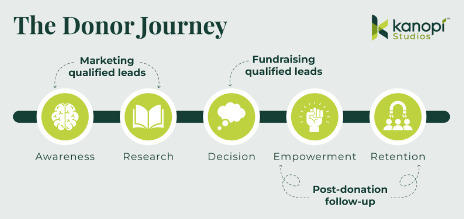
Let’s take a closer look at ways to captivate your audience, encourage involvement, and grow your organization’s current and prospective donor pool!
How to Enhance Marketing-Qualified Leads
Marketing-qualified leads are likely open to receiving marketing content from your nonprofit. Therefore, your efforts to engage with these audiences should focus on delivering educational materials and background information about your cause, not necessarily fundraising messages.
Use these strategies to increase marketing-qualified leads:
1. Optimize your newsletter CTAs.
Your email newsletter is an effective tool for generating and interacting with marketing-qualified leads because it represents a low-commitment way to engage with your nonprofit. Enhancing your newsletter calls to action (CTAs) can help increase sign-ups and further engagement.
Create a newsletter sign-up form and CTA for your website with the following components:
-
- Compelling language: Make your newsletter CTAs more compelling with inclusive, exciting language. Rather than saying, “Subscribe today!” say something like, “Join a community of climate game-changers to level up your environmental advocacy skills!”
- Clear value proposition: Explain what subscribers gain from your newsletter, whether exclusive event registration opportunities, discounts for your nonprofit’s store, or specialized content.
- Testimonials: Include a handful of testimonials from current email subscribers with quotes about what they value from your email newsletter. Use your email marketing platform to identify your top email fans (those who engage with your messages most often) and ask if they’d be interested in contributing a testimonial to your email sign-up page.
Ensure the sign-up form is simple and easy to fill out, just asking for names and email addresses. This increases the likelihood that interested individuals will subscribe.
2. Create valuable website content.
Content has been found to generate three times more leads than outbound marketing. This makes content generation a low-cost, high-impact way to increase marketing-qualified leads for your nonprofit.
Prioritize making your nonprofit’s website a valuable educational resource for your community. Whether you specialize in healthcare, financial literacy, environmental advocacy, or animal welfare, consider how you can leverage your unique experience and expertise to create quality web content.
Incorporate your unique knowledge into valuable website content such as:
- Downloadable resources
- Blog posts
- Toolkits
- Quizzes
- Multimedia stories
Make some of this content freely available on your website and turn other content into gated resources that require an email address to unlock. That way, you can add interested individuals to your constituent management system (CRM) and serve them additional marketing content to increase their engagement.
3. Leverage retargeting campaigns.
In a retargeting campaign, you’ll track website visitors who engaged with your content in some way (visiting your website, reading a blog post, etc.) but didn’t take action to get further involved. You’ll serve them follow-up ads upon subsequent website visits to encourage them to take their involvement to the next level.
If you’re a Google Analytics user, this process was traditionally done using third-party cookies or small files added to website visitors’ computers to store information about their preferences and browsing habits. However, with the release of GA4, Google is moving toward first-party cookies instead, which create a unique user ID for visitors and allow you to determine who is a recurring user.
To set up repeat visitor tracking in GA4, your nonprofit must create a new audience and event. Follow the full instructions in Google’s guide to the process.
Offer low-commitment opportunities through your retargeting efforts to inspire people to get involved. For example, a community gardening nonprofit could serve pop-up ads saying, “Register for our upcoming nutrition webinar to get tips for eating a wholesome diet” or “Sign up for our newsletter for gardening tips in your inbox.” These efforts allow you to collect email addresses from leads to add to your database.
How to Boost Fundraising-Qualified Leads
Fundraising-qualified leads are nearly ready to donate—they may just need one last nudge to get them to take out their wallets. You’ll already have these individuals’ email addresses or phone numbers, so you can speak to them more personally to target their unique interests and motivations.
The following tips will help you push these individuals toward the finish line:
1. Streamline your online donation form.
The donation page itself is a common drop-off point for the donor funnel. According to the most recent M+R Benchmarks report, the average desktop donation page conversion rate is just 16% and only 10% for mobile users.
One of the most effective ways to increase donation form conversions is to ensure your form is convenient and easy to fill out. Qgiv’s donation page guide recommends the following strategies for simplifying your donation form:
- Minimize the number of questions: Only ask for necessary information, including donors’ names, contact information, and payment details.
- Make the form mobile-friendly: Use large fonts and ensure buttons are spaced out appropriately so users can easily tap them on a mobile device.
- Decrease page load speeds: Two seconds or fewer is widely considered an ideal page load speed for all websites. Compress and optimize image files and declutter your code to promote fast load speeds for your donation page.
You can run A/B tests on your online donation page to see which changes drive higher conversions. Change just one page element at a time to isolate the adjustments that had the most significant impact.
2. Segment your email communications for personalized outreach.
Using the email addresses you have on file for fundraising-qualified leads, create segments based on their interests and preferences. For instance, you can segment these prospective donors based on:
- Programs they’ve demonstrated interest in
- Donation types they seem intrigued by
- The communication platforms they use the most
After creating these segments, create tailored email content for each group designed to push them further down the donor funnel. For example, you could design an email campaign for prospects who have engaged with volunteer program-related content. Send them impact stories and testimonials describing how your volunteer program has positively changed people’s lives in your community.
3. Incorporate social proof into your fundraising messages.
Social proof is the psychological phenomenon where people replicate the behavior of others in a given situation. Your messages to fundraising-qualified leads should lean into social proof to influence prospective donors to take the leap and get involved in your fundraising efforts.
Show prospective donors that by giving to your organization, they’re not just helping a worthy cause—they’re joining a community of like-minded individuals dedicated to the same mission. Incorporate the following elements into your communications to enhance social proof:
- Donor testimonials: Interview current donors to allow them to tell their stories and describe how giving to your organization has positively impacted their lives. Spotlight a broad range of individuals, including monthly donors, major donors, legacy donors, former beneficiaries, and volunteers, to make your testimonials relatable to many prospective donors.
- Donation tracker: Include a live donation tracker on your online giving page to generate a sense of urgency and excitement about joining your donor community. The tracker should be updated in real-time with donors’ first names and giving amounts.
- Credibility markers: Include any accreditations your nonprofit has received, such as a GuideStar Seal of Transparency, Charity Navigator rating, or Better Business Bureau accreditation. These awards indicate that your nonprofit has been vetted and verified by a trusted group of third-party experts.
The more forms of social proof you can add to your website and communication platforms, the easier it will be to show prospective donors that your organization is worthy of their trust and contributions.
Wrapping up
Kanopi’s website maintenance guide recommends taking a continuous improvement approach to review your website’s lead-driving results and make minor adjustments as needed to keep your goals on track. Continually test your website’s forms and CTA buttons, update your CMS, run frequent security checks, and keep timely site elements like your blog and events calendar up-to-date.
These efforts will allow you to create an adaptable, scalable lead-generation strategy that will serve your organization’s mission long-term.
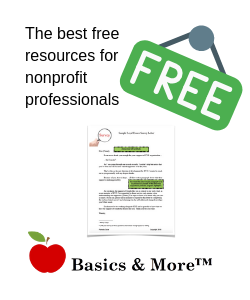
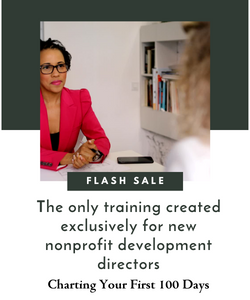
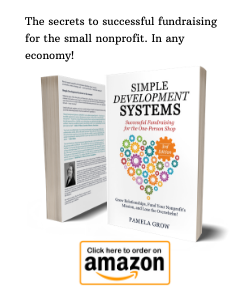
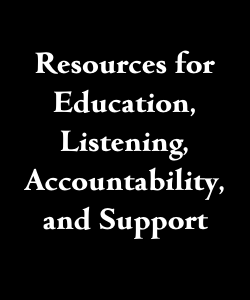
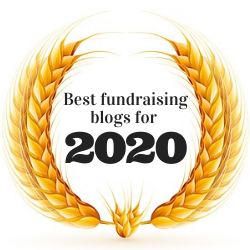
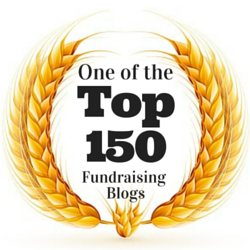
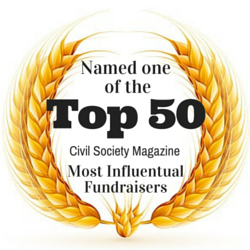
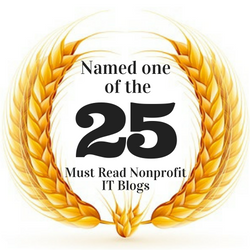
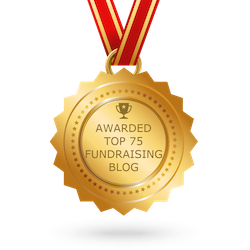
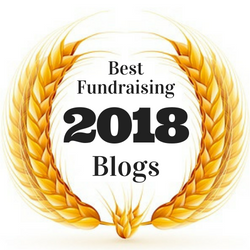
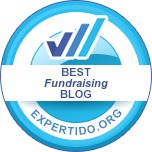
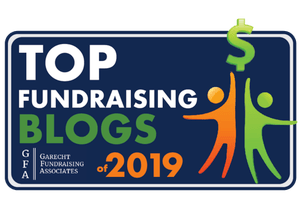
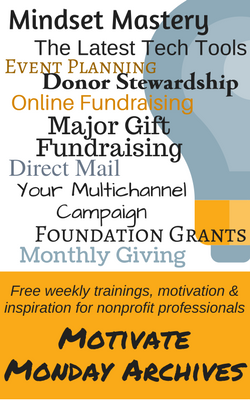
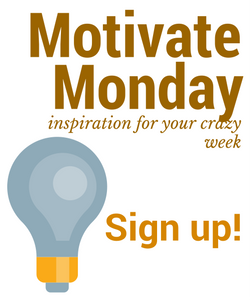
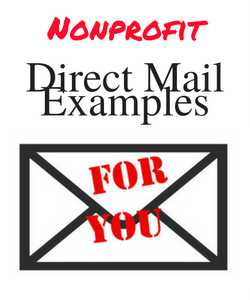
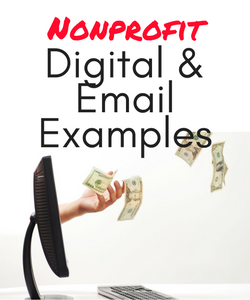

 I can’t wait to meet with you personally.
I can’t wait to meet with you personally.
Comments on this entry are closed.